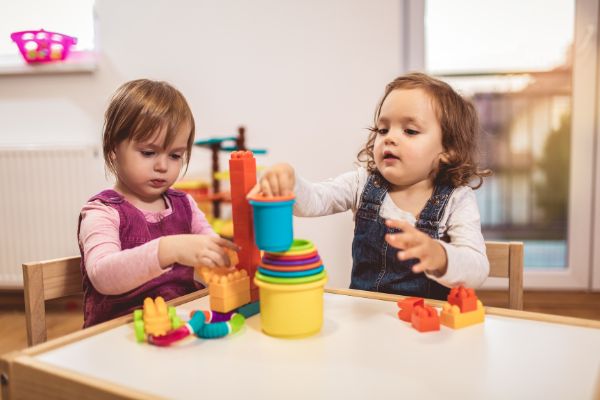Helen Borg is a senior midwife and infant feeding specialist who heads up the drop-in breastfeeding clinic at Mater Dei hospital. As mentioned in the series intro, Helen will cover common issues that can arise when feeding your newborn, giving professional advice and reassurance to help make your journey run smooth.

Q. Is it recommended to use nipple shields for breastfeeding?

A. Nipple shields do have a place, but not for what they’re generally marketed for which is to protect painful nipples. If you use a nipple shield on a sore nipple and then continue to position the baby incorrectly, you will end up with a nipple shield full of blood because it rubs on the silicone surface. So using nipple shields just because you’re sore doesn’t really work. If you are using them, from my experience, it generally means you need help with your technique.
However, there are instances when they are helpful. If you don’t have much of a nipple, for example, a shield gives the baby something to hold on to. Similarly, they can help with feeding premature babies; on the bare breast, the baby sucks the nipple into his mouth, forms a teat, and he then has to maintain that vacuum throughout the feed. With a shield, the baby only has to clamp down with his gums and then suckle, he doesn’t have to keep a vacuum so it’s a bit easier. For pre-term babies this can mean that they get a better feed because they’re not using so much energy.
 Sometimes, if your baby requires special care, you may need to transition from bottle to breast once you get them home, a nipple shield can be useful in that transition as they will find the silicone familiar, you can then slowly wean them onto the bare breast.
Sometimes, if your baby requires special care, you may need to transition from bottle to breast once you get them home, a nipple shield can be useful in that transition as they will find the silicone familiar, you can then slowly wean them onto the bare breast.
Ultimately, if you have a baby who for whatever reason is having difficulty without a shield, but feeds well with one, then yes, it’s better to have a baby feeding with a shield than not feeding at all. Saying that, you will soon find that nipple shields become tedious, so most women will want to get rid of them. They need sterilised, you lose them all the time, you risk forgetting them when you leave the house – feeding on a bare breast means one less thing to remember.
The time I would be especially reluctant to use a nipple shield would be in the first 48 hours after birth. If I had to use one in that time, I would supplement with formula because colostrum is a sticky, gel-like substance, so by the time the baby is finished feeding, most of the colostrum will be stuck inside the shield, meaning he doesn’t get a proper feed. As soon as the milk comes in fully, then supplementing with formula can stop because now you have a thinner milk that will find its way easily through the shield.

If you find yourself struggling or feel you need additional advice, don’t hesitate to contact the breastfeeding clinic at Mater Dei hospital.
When it comes to spare equipment for new mums, the breastfeeding clinic relies on donations, so if you have any of the following that you no longer need, you can drop them off at the clinic where they will be gratefully received!
-Breast pumps
-Nipple shields
-Milk storage bags or containers
-Breast pads



